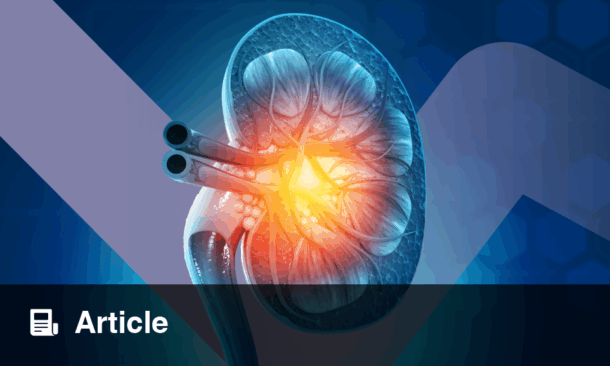Abstract
In the new millennium, few kidney diseases changed their perspectives as much as autosomal dominant polycystic kidney disease (ADPKD). New diagnostic approaches, including the evaluation of renal or liver volume by computerised tomography (CT) scan, the detection of cyst infections by positron emission tomography (PET) scan, and new therapeutic approaches (including vaptans, mTOR inhibitors, and somatostatin analogues) pose new clinical and ethical dilemmas. Therefore, the analysis of the recent advances offers an occasion for reviewing our counselling policy. The aim of this narrative review is to discuss a few crucial points concerning counselling in ADPKD: should all ADPKD patients undergo genetic testing for characterisation of the involved gene? What is the role of prenatal counselling and preimplantation selection? Should all ADPKD patients be followed in a nephrology clinic? Which imaging to use in which patients? Whom should we treat, when, and by which drugs, and how to communicate the treatment options? The working conclusions highlight the trends towards earlier referral of ADPKD patients, the importance of offering the diet options, including low-salt, high-water intake, difficult to follow, but devoid of side-effects, and the expectancy for the new therapeutic options, alone or in combination, aimed at reduction of cyst volume and/or control of cyst growth.
Please view the full content in the pdf above.







